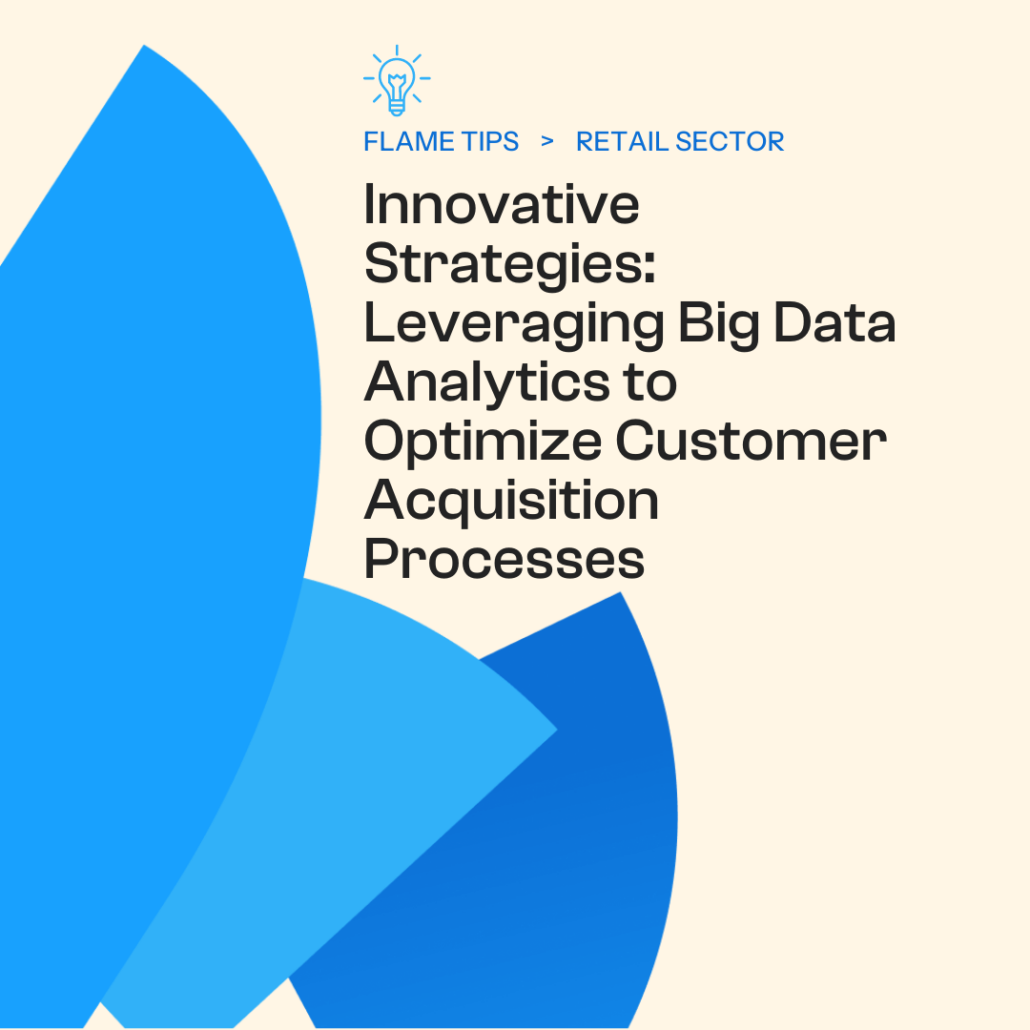In the contemporary landscape of intense business competition, the pivotal factors for success are customer acquisition and retention. Customer analytics is a formidable tool that empowers businesses with profound insights into customer behavior and preferences, facilitating informed decision-making in customer acquisition and retention.
The utilization of customer analytics enables businesses to refine their marketing and advertising endeavors, elevate the overall customer experience and satisfaction, pinpoint high-value customers and target demographics, fine-tune pricing strategies, streamline customer service and support operations, identify and mitigate churn risks, personalize communication and promotional initiatives, forecast forthcoming customer behavior, and optimize the return on investment in customer acquisition and retention through the integration of customer acquisition automation.
Navigating Customer Acquisition in the Digital Era: Channel Selection Challenges
In customer acquisition, the strategic choice of marketing channels holds paramount importance. Yet, in the contemporary digital age, characterized by the proliferation of touchpoints and channels, deciphering the most productive avenues for reaching and acquiring customers poses a formidable challenge.
Gathering Data for Optimization:
The initial phase in enhancing marketing channels involves collecting pertinent data. This task can be accomplished through diverse methods, including leveraging website analytics, utilizing customer relationship management (CRM) systems, employing social media monitoring tools, and conducting customer surveys.
Recognizing Top-Performing Channels:
Businesses can thoroughly analyze the gathered data to pinpoint the marketing channels responsible for the most substantial customer acquisition rates. These channels encompass strategies such as search engine marketing (SEM), social media advertising, content marketing, email marketing, or referral programs.
Examining Customer Behavior:
Data analytics empowers organizations to comprehend customer behavior and preferences. Businesses can glean insights into what resonates with their target audience by analyzing customer interactions across various marketing channels. With this understanding, they can tailor their customer acquisition strategies to enhance effectiveness.
Evaluating Channel Effectiveness:
A crucial step in making informed decisions about resource allocation is comparing the performance of various marketing channels. Businesses need to assess metrics such as conversion rates, cost per acquisition (CPA), return on ad spend (ROAS), and customer lifetime value (CLV) to gauge the effectiveness of each channel. This comparative analysis aids in optimizing resource allocation for maximum impact.
Ongoing Experimentation for Continuous Improvement:
Sustained enhancement requires constant experimentation and testing of diverse marketing channels. This encompasses activities like A/B testing, conducting pilot campaigns, and exploring emerging channels. These initiatives aim to identify new opportunities for customer acquisition, ensuring businesses stay adaptive and responsive in their marketing strategies.
Enhancing Channel Diversity:
Businesses should embrace a multi-channel approach instead of depending solely on a single marketing channel. By diversifying their channel mix, organizations can optimize reach, target varied customer segments, and mitigate the risk of excessive reliance on a single channel. This strategic approach enhances flexibility and resilience in customer acquisition efforts.
Harnessing Automation and Personalization:
Strategically integrating automation and personalization can substantially elevate the efficacy of marketing channels. Leveraging technologies such as artificial intelligence (AI) and machine learning (ML), businesses can automate repetitive tasks, tailor marketing messages to individual preferences, and deliver precisely targeted content to potential customers. This technological synergy enhances efficiency and relevance in customer acquisition strategies.
Leveraging Customer Data for Informed Strategic Decision-Making
Analyzing customer data provides valuable insights into customer behavior patterns, enabling well-informed decisions about future strategies for customer acquisition and retention. For instance, identifying trends such as repeat purchases of specific products allows businesses to forecast future customer behavior, guiding decisions related to product development and marketing initiatives. Moreover, by delving into customer data, businesses can unravel the factors influencing churn, enabling proactive measures to retain at-risk customers.
Forecasting future customer behavior through data analysis empowers businesses to make data-driven decisions, optimize resource allocation, and maximize return on investment. Employing customer analytics in forecasting paves the way for a more efficient and practical approach to customer acquisition and retention, fostering increased customer loyalty and overall business growth.
Utilizing Customer Analytics for Personalized Communications and Promotions
Customer analytics is a powerful tool for gaining insights into customer behavior and preferences, enabling targeted and personalized communications and promotions.
For instance, discerning diverse customer preferences, such as a penchant for discounts, gifts, or loyalty rewards, allows businesses to tailor promotions to each customer’s liking. This customization ensures the delivery of relevant and valuable offers, enhancing the overall customer experience. Additionally, by leveraging customer data, businesses can understand their customers’ preferred communication channels: email, push notifications, or text messages. This knowledge enables businesses to employ the most effective channels for reaching each customer, optimizing the impact of their communication strategies.
Conclusion
In general, customer analytics furnishes businesses with the necessary data and insights to formulate a proficient and streamlined customer acquisition and retention strategy. This leads to heightened customer loyalty and business growth. Whether an enterprise is of a modest scale or a sizable corporation, integrating customer analytics, including the incorporation of customer acquisition automation, is a valuable asset in realizing and surpassing customer acquisition and retention objectives.







